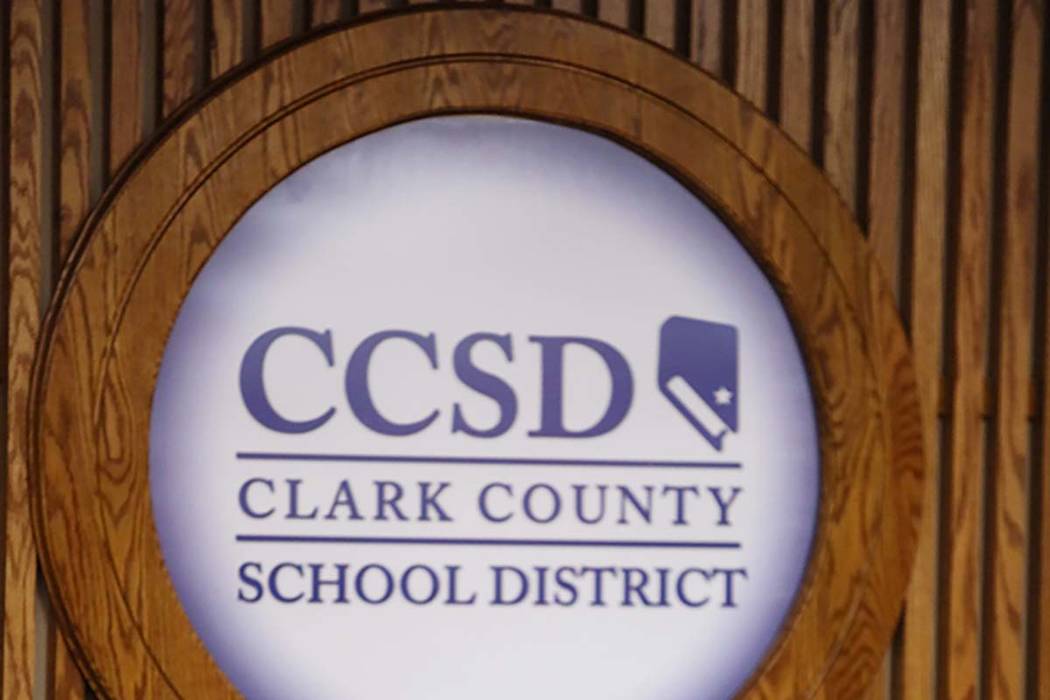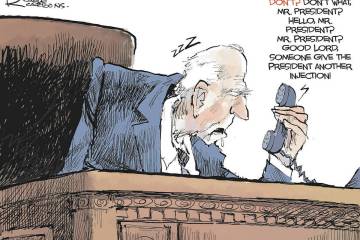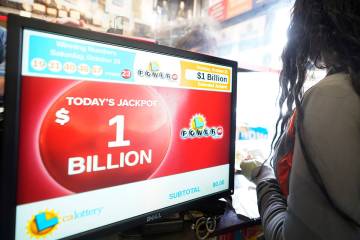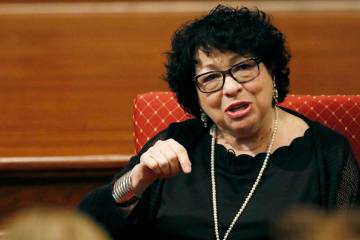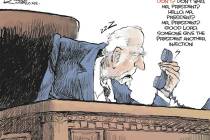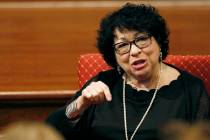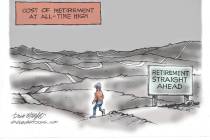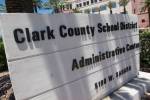COMMENTARY: ‘Credit recovery programs’ and Nevada’s high school graduation rate
Last year, Nevada boasted a nearly 81 percent high school graduation rate, the highest ever. That’s quite an accomplishment.
Unfortunately the shine is off the apple.
Just last month, local news outlets reported that Clark County School District’s rising graduation rate may be in part because of lower graduation standards. That includes Nevada’s current use of so-called “credit recovery” programs. As the co-authors of a new national report, we recently found that the enrollment of students in credit recovery programs in Nevada is particularly troubling.
These are programs that enable high schoolers to gain missing credits after initially failing to pass a required course. They are intended to be an alternative for students to demonstrate mastery of the same content and skills as the original course. But across the country, anecdotal evidence is mounting that, although credit recovery may allow kids to “recover” credits needed to graduate, it often delivers little in terms of actual learning.
In some of these programs, students simply click through online tests, Google the answers or even pay strangers on Twitter to complete the courses for them. It’s little surprise, then, that research has found some credit recovery programs to be less effective than traditional classroom instruction.
Our report found that more than two-thirds of high schools across the country have credit recovery programs. But the number of students enrolled in them varies substantially, with nearly one in 10 U.S. high schools enrolling more than 20 percent of students.
Yet Nevada holds a dubious distinction: While less than half of the state’s schools have active credit recovery programs, when they do have them, schools enroll students at more than twice the national average.
Specifically, Nevada’s 36 high schools with active credit recovery programs enroll 5,402 students, or 16.5 percent of students — more than double the national average of 8.1 percent. Moreover, one in five of state high schools that offer the programs enrolls more than 20 percent of its students in them. Although these rates are generally higher in the Western states, Nevada’s credit recovery programs top the region in participation.
These results should wave a cautionary flag for educators and policymakers in Nevada.
Thankfully, there’s no time like the present to make sure that high schools are not abusing credit recovery programs.
To begin, officials should vet the quality of credit recovery providers and offer guidelines for how to effectively run such programs.
For instance, high schools with high rates of students participating in credit recovery warrant scrutiny, such as automatic audits of these outliers.
Next, schools should require students to pass an external test to ensure they have learned the material. In the absence of this external check on quality, Nevada should adopt the “ounce of prevention” rule.
For example, the state might stipulate, as Alabama and Tennessee do, that students achieve a minimum score in the original course so that they aren’t starting from scratch with new material. And if they don’t reach that minimum, require them to retake the traditional course to earn credit.
If a high school diploma is to be more than a “certificate of attendance,” state and local officials must take responsibility for how schools award credit. Until then, Nevada’s record-setting graduation rate deserves the scrutiny it has thus far received.
Adam Tyner and Nicholas Munyan-Penney are associate director of research and development and research associate, respectively, at the Thomas B. Fordham Institute, a nonprofit education think tank located in Washington, D.C. They are co-authors of “Gotta Give ’Em Credit: State and District Variation in Credit Recovery Participation Rates,” which was released in November.



